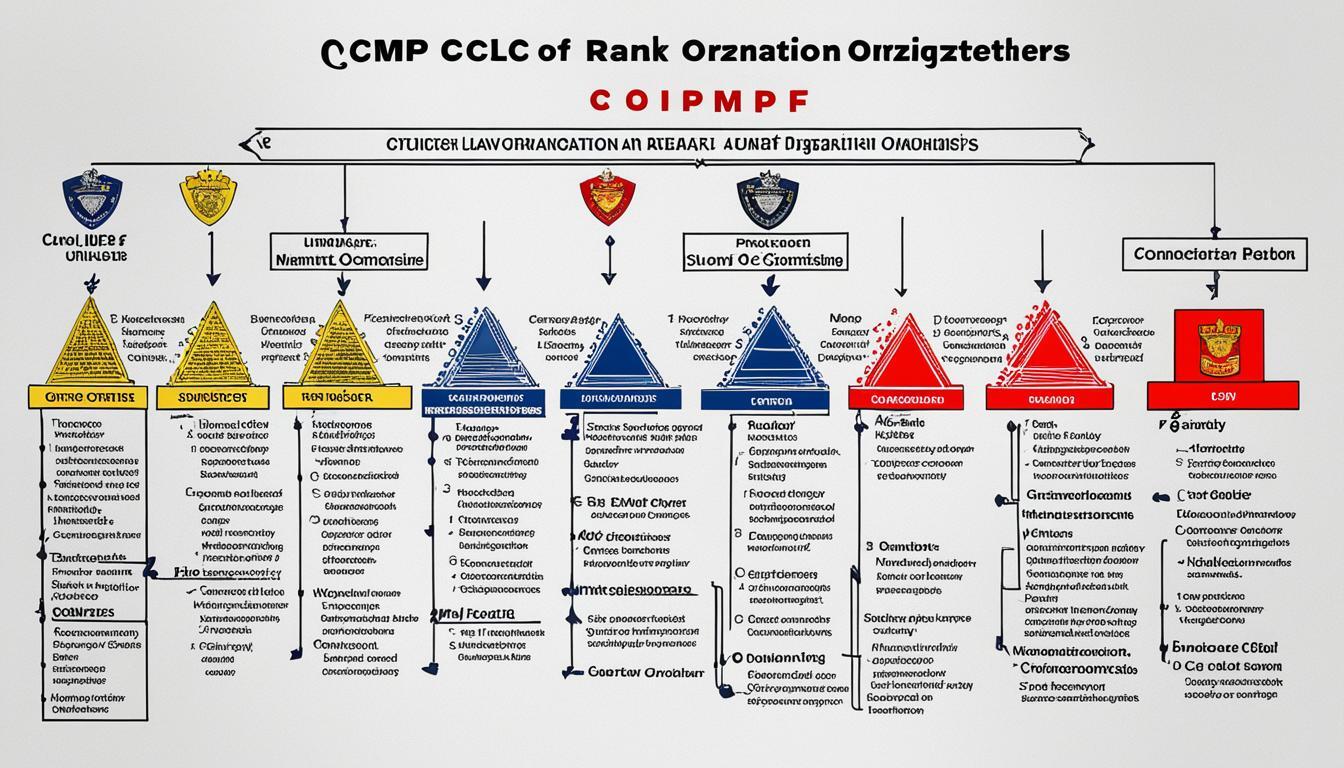Lithium-Ion Battery Fires and Legal Responsibility: Fire Suppression in Public Infrastructure
Lithium-ion batteries have become a cornerstone of modern infrastructure — powering everything from emergency communication systems and law enforcement data centers to public transportation and energy storage. While these batteries offer efficiency and sustainability, they also pose a significant fire risk. In public institutions like police departments, government offices, and emergency response facilities, the consequences of a battery fire can extend beyond property damage — potentially triggering legal, regulatory, and civil liabilities.
This article explores the legal landscape surrounding lithium-ion battery safety and the role of fire suppression for lithium ion batteries in mitigating risk and maintaining compliance.
Lithium-Ion Battery Use in Law Enforcement and Public Facilities
Public institutions are increasingly reliant on battery-powered technologies:
- Mobile Device Charging Stations in holding areas or patrol units
- Data Centers backing up surveillance footage and communication logs
- Battery Energy Storage Systems (BESS) supporting microgrids or emergency operations
- EV Charging Infrastructure for government fleet electrification
While operationally vital, these systems must be managed with a legal duty of care, especially in facilities where public safety and accountability are paramount.
Understanding the Legal Risks of Battery Fires
1. Duty of Care and Premises Liability
Under Canadian tort law, facility operators owe a duty of care to ensure the premises are reasonably safe. A lithium-ion battery fire that harms personnel, detainees, or the public may lead to claims of negligence if proper fire suppression was not in place.
2. Compliance with Fire Codes and Standards
Failure to meet standards such as:
- NFPA 855 (Energy Storage Systems)
- UL 9540A (Fire propagation testing)
- CSA C22.2 No. 107.1 (Canadian standards for energy storage)
can lead to regulatory penalties and loss of operating licenses. Municipalities and agencies are expected to demonstrate proactive compliance.
3. Civil Litigation Risk
Incidents involving preventable fires have led to:
- Class-action lawsuits by employees or community members
- Insurance disputes over liability coverage
- Government inquiries into public safety failures
Case Law and Precedent
While case law specific to lithium-ion battery fires is still developing in Canada, precedent related to facility fires due to infrastructure negligence provides a useful lens.
Example: R. v. Campbell (2020, B.C. Provincial Court)
Although this case did not involve battery systems, it highlighted the criminal negligence standard when public safety systems failed to prevent a foreseeable incident. Similar arguments could be extended to fire suppression failures.
Legal scholars suggest that evolving standards of care may soon require specific technologies — such as targeted battery fire suppression — especially in high-risk environments.
Fire Suppression Technology: A Legal Safeguard
Installing modern fire suppression for lithium ion batteries helps institutions:
- Mitigate fire risk proactively
- Demonstrate due diligence in risk management
- Reduce liability exposure
Key Features for Legal Compliance
- Non-conductive clean agents that protect sensitive electronic infrastructure
- Fast-response detection designed for battery-specific fire behavior
- Fail-safe activation minimizing dependency on human response
These systems align with legal best practices in public safety risk management.
The Role of Policy and Governance
Agency policies must integrate battery fire safety into emergency preparedness and infrastructure planning.
Policy Recommendations:
- Require periodic fire safety audits for facilities using BESS
- Include suppression system status in occupational health & safety reports
- Establish clear protocols for battery installation, maintenance, and incident reporting
Insurance and Risk Mitigation
Proactive investment in suppression systems can lead to:
- Reduced premiums
- Fewer exclusions in coverage
- Stronger defense in legal proceedings
Conclusion
As public sector infrastructure becomes increasingly reliant on lithium-ion batteries, legal responsibility around fire safety intensifies. Law enforcement agencies, municipal offices, and federal facilities must ensure they’re not only operationally secure but also legally compliant.
Deploying appropriate fire suppression for lithium ion batteries is a critical component of this responsibility. It safeguards lives, property, and legal standing — reinforcing public trust in institutions tasked with safety and service.
Further Resources
- NFPA Energy Storage Safety Standards
- UL 9540A Battery Test Overview
- Government of Canada – Infrastructure Canada
- The Role of Police in Community Safety & Unity - October 6, 2025
- Quebec Police Officer Salary Insights 2023 - July 13, 2025
- Canada Arrest Protocol: What Police Say Upon Arrest - June 12, 2025




















Post Comment